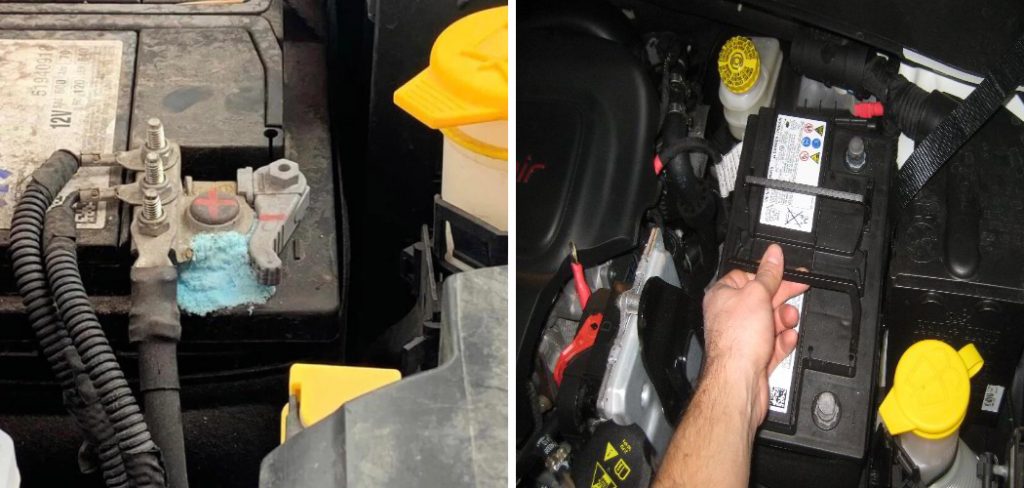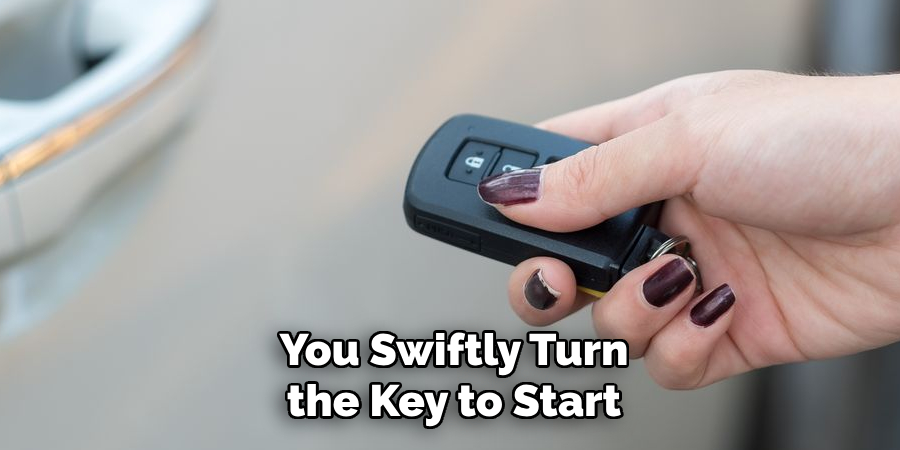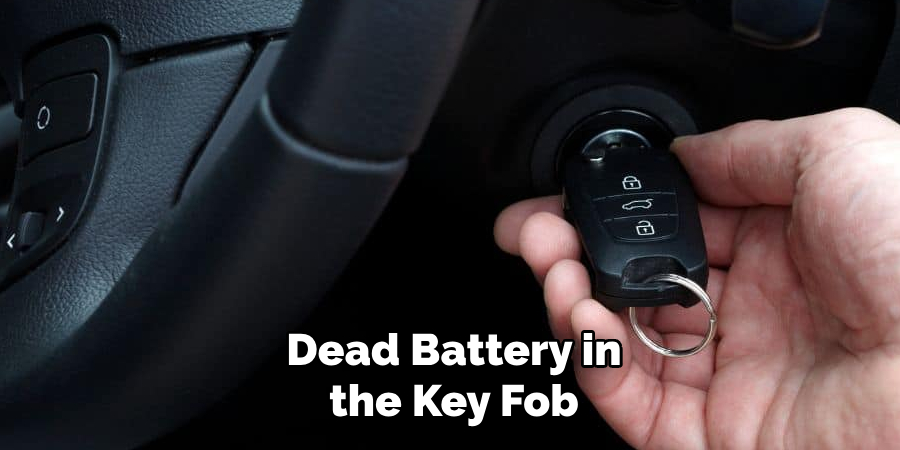As a Jeep Renegade owner or enthusiast, you’re likely familiar with the rush of adventure that comes with owning a capable off-road vehicle. However, no matter how rugged your Jeep is, there may come a time when you need to start it manually.

This guide is crafted to help you how to manually start jeep renegade, even when the electronic system fails. Whether you’re a DIY enthusiast or a newcomer to the world of automotive intricacies, this comprehensive walkthrough will make sure you’re prepared for any scenario.
Understanding the Basics of Manual Starting
Starting a Jeep Renegade manually involves understanding the key components implicated in this process. For most vehicles, this includes the ignition switch, the clutch (in manual transmission vehicles), and the actual starting mechanism, which, in the case of the Jeep Renegade, is typically a key-operated system.
Can You Manually Start the Jeep Renegade?
Before we dive into the step-by-step guide, it’s important to note that not all vehicles can be manually started. Some newer models may require a specific procedure or even specialized equipment to start without electronic assistance.
In the case of the Jeep Renegade, however, you are in luck! This rugged SUV is designed with manual starting capabilities, making it possible for you to get back on the road even in the most challenging situations.
Prerequisites
Before you begin, equip yourself with the following tools and equipment:
Tools and Equipment:
- Spare key or valet key
- Jumper cables (if jump starting is necessary)
- Flashlight (recommended for poor visibility)
Safety Gear:
- Gloves
- Safety glasses (highly recommended)
How to Manually Start Jeep Renegade: A Step-by-Step Guide for Every Owner
Let’s dive into the heart of the process. Ensure you follow each step closely to ensure a successful manual start.
Step 1: Locate the Ignition Switch and Manual Start Option
In most vehicles, the ignition switch is located on the steering column, but its exact location may vary. It typically comes with several positions, including accessory, on, and start. For manual starting, you’ll need to identify the manual start option, which is often indicated by a pictogram of a key with a lightning bolt.

Step 2: Insert the Key and Turn to the “On” Position
Insert the spare key or valet key, insert it into the ignition switch and turn it to the ‘On’ position. This is usually one step clockwise from the ‘Off’ position and allows electrical current to flow to the engine. Remember, ensure all other electrical devices within the vehicle are switched off to maximize the battery’s charge.
Step 3: Press and Hold the Clutch (If Applicable)
This step only applies to Jeep Renegade models with manual transmission. Hold the clutch pedal down with your left foot. This action is crucial to disengage the transmission, which is necessary to allow the engine to turn over.
Step 4: Turn the Key to the “Start” Position
Having the key in the “On” position and the clutch depressed (if applicable), turn the key to the “Start” position. You may feel the key resist slightly as the ignition switch sends an electrical signal to the starter motor to ignite the engine.
Step 5: Release the Key and Clutch Pedal Once the Engine Starts
As soon as you feel the engine catch and start running, release the key fully to the ‘On’ position. Simultaneously, if you are holding the clutch, begin to release it carefully as the engine engages. It’s important to do this smoothly to prevent stalling.
5 Common Mistakes to Avoid When Manually Starting Your Jeep Renegade
Jeep Renegades are loved for their rugged spirit, but even the toughest vehicles need a gentle hand when starting them manually. For situations where the usual keyless start just won’t cut it, knowing the right manual start procedure is essential.
But, it’s surprisingly easy to make mistakes that cause unnecessary strain on your vehicle’s systems. So, if you are a new Renegade vehicle owner or a seasoned DIY mechanic confused about manual starts, you’re in the right place. Let’s avoid potential pitfalls by steering you through four common gaffes you should sidestep.
Mistake 1: Incorrect Key Insertion
The Problem: Plunging the key in as if it were an everyday ritual—this isn’t your normal key-turning experience.
The Fix: Be gentle yet firm. The key should be inserted to the hilt and subtly but quickly turned to the START position when the vehicle is ON.

When you insert the key, don’t forget to turn it one notch to the right to the IGNITION ON/RUN position. It’s not just about the depth but also about the timing. Wait for all dashboard lights to come on before you swiftly turn the key to START and hold for a few seconds until the engine catches.
Mistake 2: Ignoring Warning Lights
The Issue: A blink is just a blink, right? Not in your Renegade. Warning lights are like your car’s Morse code, signaling vital messages.
The Answer: Decode the signals. The simplest ‘check engine’ light could warn of many issues—possibilities range from a loose gas cap to a more significant engine problem. When starting manually, ensure all lights turn on and off as expected during the ignition sequence. If any stay on, consult your vehicle manual to perform the necessary diagnostics, or visit a trusted mechanic.
Mistake 3: Incorrect Starting Procedure
The Hurdle: There’s a valuable sequence of steps neophytes often miss, and it does more harm than good.
The Remedy: Precision is key. Once the key is in and all systems are good to go, maintain a constant effort when turning to start—no spasms, no unnecessary delays—and most importantly, know when to let go.

Turn the key to the IGNITION ON/RUN position, watch for the dashboard lights to come on, and then turn the key to START. Once the engine catches, release the key and let it gently return to the RUN position. Avoid holding it at the START position after the engine is running, as this can damage the starter motor.
Mistake 4: Neglecting Maintenance
The Mistake: Waiting for a down or out engine to prompt action. Your Renegade calls for more proactive care.
The Solution: Regular check-ups. Maintenance isn’t just beneficial for performance; it’s crucial for how your engine handles manual starts. Check the battery, spark plugs, and ignition system regularly. Also, keep an eye on the fuel system and engine’s total health so you’ll be starting smoothly for years to come. With the right care, manual starting will be a breeze.
Mistake 5: Not Having a Backup Plan
The Issue: You’ve followed all the steps and tried your best, but your Renegade still won’t start.
The Fix: Be prepared. Having a backup plan if manual starting fails is always a good idea. Keep jumper cables, a portable battery charger, or a spare key handy in emergencies. You can also call for roadside assistance or have your vehicle towed to a mechanic.
Avoid these common mistakes and follow the manufacturer’s instructions when manually starting your Jeep Renegade. With proper care and attention, you can start your vehicle smoothly and efficiently every time.
Frequently Asked Questions (FAQs) About Manual Starting Your Jeep Renegade
Q: When Should I Use the Manual Start Method for My Jeep Renegade?
A: Manual starting should be used when the keyless start is not functioning properly. It could be due to a dead battery in the key fob, extreme weather conditions affecting the electronic systems, or other technical issues with the vehicle’s start-up sequence.

Q: Is It Harmful to Manually Start My Jeep Renegade Regularly?
A: Manual starting is not inherently harmful if done correctly and following the proper steps. However, it should not be the primary method to start your vehicle regularly, as it could be indicative of an underlying issue that needs to be addressed.
Q: What if The Engine Doesn’t Start After Following the Manual Starting Procedure?
A: If the engine fails to start after multiple attempts, ensure you haven’t missed any of the specific steps detailed earlier. If you’ve adhered to all the guidelines and the engine still won’t start, it may be time to seek assistance from a professional mechanic, as there could be more complex issues at hand.
Q: Can I Still Manually Start the Engine if My Jeep Renegade Has an Automatic Transmission?
A: Yes, you can still manually start a Jeep Renegade with an automatic transmission. The starting process remains largely the same, minus the necessity to engage the clutch pedal, as applicable in manual transmission models.
Q: What Other Issues Might Prevent a Successful Manual Start?
A: Several factors can interfere with manual starting, such as a dead battery, faulty starter motor, bad ignition switch, or a problem with the engine’s fuel or ignition system. Regular maintenance is crucial to ensure all systems are functional.
Conclusion
Knowing how to manually start your Jeep Renegade is not just about being able to deal with emergencies, but it’s also a way to deepen your understanding and control of your vehicle. This preparation ensures you’re ready to handle unexpected situations and empowers you to take on more adventurous trips with the confidence that a failed ignition won’t leave you stranded.
As you practice these steps, you’ll not only become more adept at dealing with such situations but will also develop an intuition about your vehicle’s systems, setting you apart as a well-prepared and knowledgeable Renegade owner. Thanks for reading our post about how to manually start jeep renegade.

About
JeepFixes Team is a skilled author for Jeep Fixes, bringing 6 years of expertise in crafting a wide range of jeep fixes. With a strong background in jeep fixes work, JeepFixes Team’s knowledge spans various types of fixtures, from decorative pieces to functional hardware, blending precision with creativity. His passion for jeep fixes and design has made him a trusted resource in the industry.
Professional Focus:
Expert in Jeep Fixes : JeepFixes Team aesthetic specializes in creating durable and innovative jeep fixes, offering both appeal and functionality. His work reflects a deep understanding of jeep fixes techniques and materials.
Sustainability Advocate : He is dedicated to using sustainable practices, ensuring that every fixture is crafted with eco-friendly methods while maintaining high-quality standards.
In his writing for jeep fixes, JeepFixes Team provides valuable insights into the latest trends, techniques, and practical advice for those passionate about jeep fixes, whether they are professionals or DIY enthusiasts. His focus on combining artistry with engineering helps others discover the true potential of jeep in design.
